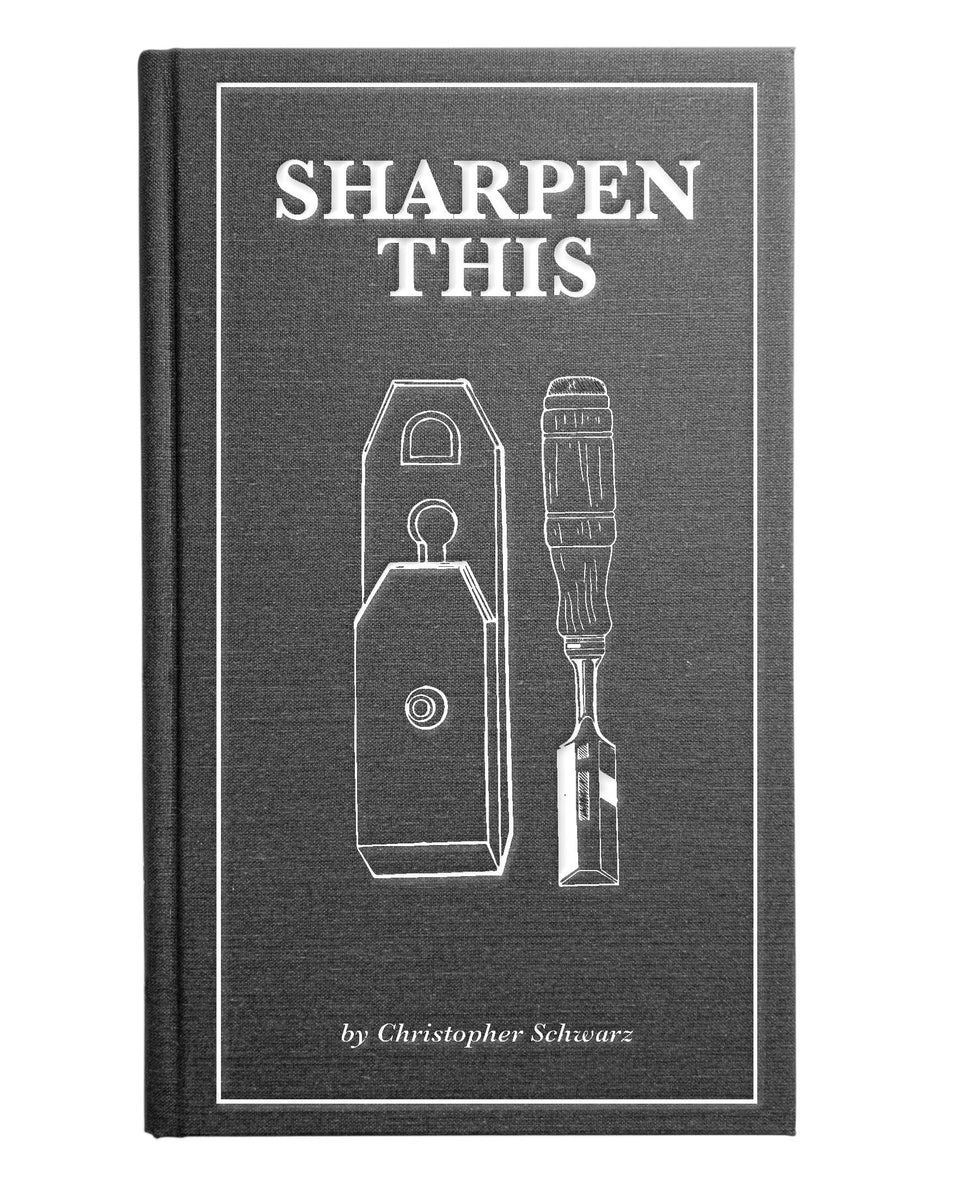Most of my plane and chisel edges are in pretty good shape. The quality runs from Aldi specials to Hock replacement blades. I’m pretty much a “less is more” type and have been touching up the edges as needed and that works pretty well. I currently use two DMT diamond stones, a D8F (600) and a D8E (1200), and a strop with green compound.
I’d like to find something appropriately coarser for heavier work, as in changing bevel angles or adding a camber to a plane blade. So what would be a suggested coarser stone or 2 to help me in that direction? DMT D8C (325)?
On the other side- could I get a sharper edge with something finer? I’d like some suggestions for that.
I’m pretty happy with the diamond stones as they’re not as messy as oil or water stones (I don’t have running water in my shop) But I know they my be limited. I also have a grinder but I’m not sure of the grit of the wheels and have been a reluctant to use it, but appropriate wheel suggestions would also be appreciated.
Thanks everyone
I’d like to find something appropriately coarser for heavier work, as in changing bevel angles or adding a camber to a plane blade. So what would be a suggested coarser stone or 2 to help me in that direction? DMT D8C (325)?
On the other side- could I get a sharper edge with something finer? I’d like some suggestions for that.
I’m pretty happy with the diamond stones as they’re not as messy as oil or water stones (I don’t have running water in my shop) But I know they my be limited. I also have a grinder but I’m not sure of the grit of the wheels and have been a reluctant to use it, but appropriate wheel suggestions would also be appreciated.
Thanks everyone


